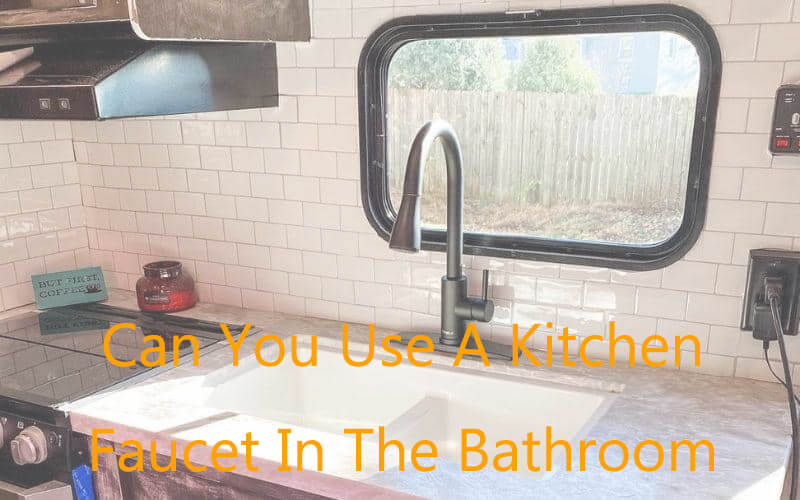
When it comes to home improvement projects, homeowners often wonder whether it’s possible to use a kitchen faucet in the bathroom. While it may seem like a simple question, can you use a kitchen faucet in the bathroom? The answer is a bit more complicated than a simple “yes” or “no”. In this post, we’ll explore the pros and cons of using a kitchen faucet in the bathroom, and we’ll give you some tips on what to consider before making a decision.
First and foremost, let’s start with the basics. Kitchen faucets and bathroom faucets are not interchangeable, but that doesn’t mean it’s impossible to use a kitchen faucet in the bathroom. The main difference between the two types of faucets is the way they’re designed. Kitchen faucets are typically larger and taller, with a higher arc to accommodate larger pots and pans. Bathroom faucets, on the other hand, are smaller and more compact, with a lower arc to accommodate the smaller sink sizes typically found in bathrooms.
Why can you use a kitchen faucet in the bathroom
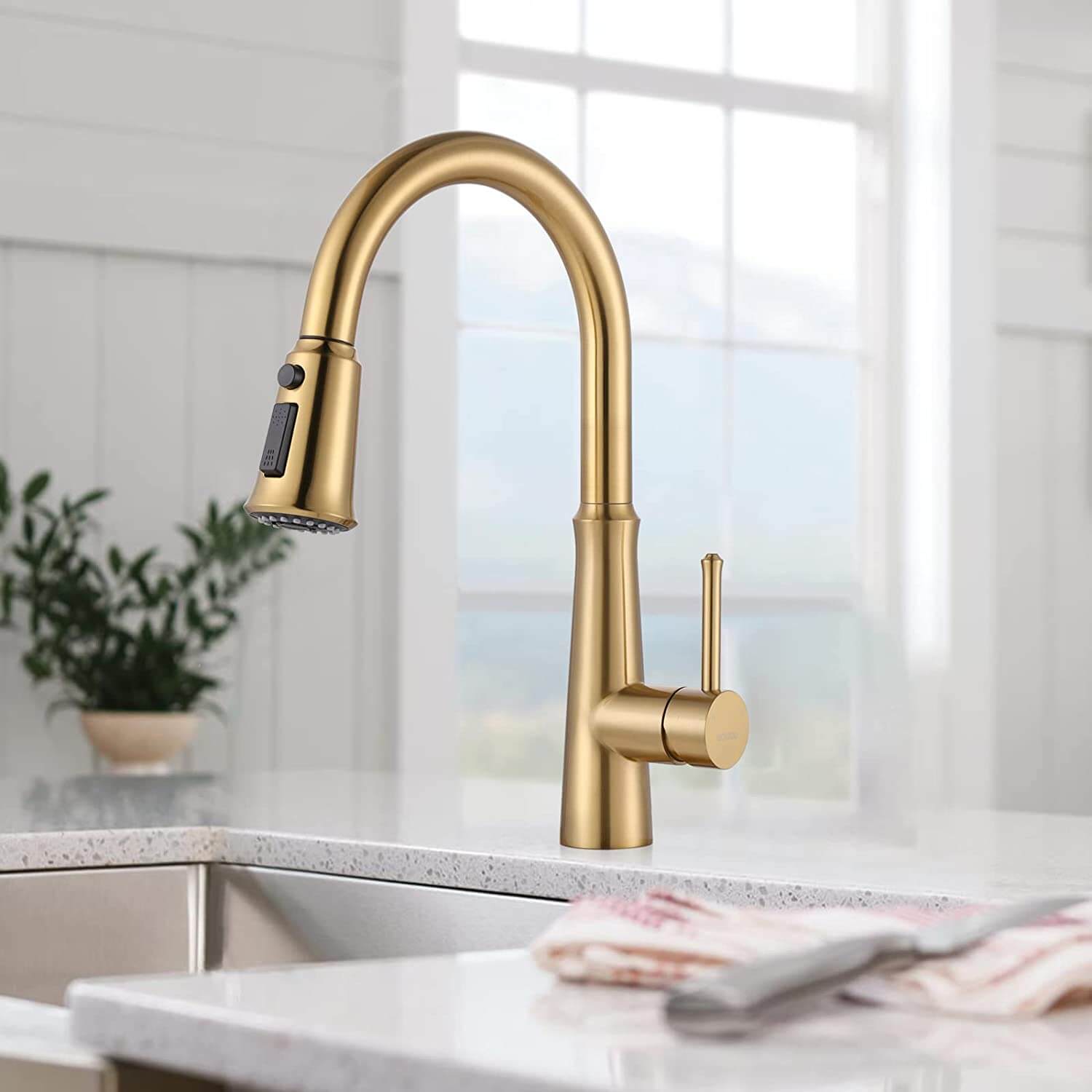
So, why would you want to use a kitchen faucet in the bathroom? One of the advantages of using a kitchen faucet in the bathroom is that they offer more flexibility when it comes to water flow. A kitchen faucet typically has a higher flow rate than a bathroom faucet. This means that you can fill up the sink quickly, and it’s perfect for washing hair or other parts of the body, making it ideal for larger families or busy households.
Another advantage of using a kitchen faucet in the bathroom is that they are often more durable than bathroom faucets. They are designed to withstand the wear and tear of a busy kitchen, so they can handle the demands of a busy bathroom as well. They are also easier to clean than bathroom faucets, which can be a big plus for those who don’t have a lot of time to spend cleaning the bathroom.
Why can’t you use the kitchen faucet in the bathroom
However, there are some downsides to using a kitchen faucet in the bathroom. First and foremost, kitchen faucets may not be as aesthetically pleasing in a bathroom setting as traditional bathroom faucets. Kitchen faucets are typically designed with function in mind, whereas bathroom faucets are designed with both function and style in mind. Additionally, kitchen faucets may not be as durable as bathroom faucets, as they’re designed to withstand different types of wear and tear.
Another factor to consider is the plumbing setup in your bathroom. Kitchen faucets typically have a different setup than bathroom faucets, so you may need to make some modifications to your plumbing in order to install a kitchen faucet in your bathroom. This can be a complicated process, so if you’re not comfortable working with plumbing, it’s best to leave the installation to a professional.
If you do decide to install a kitchen faucet in your bathroom, there are a few things you should keep in mind. First and foremost, make sure the faucet you choose is compatible with your sink. Measure the sink to ensure that the faucet will fit properly and won’t interfere with any other fixtures in the bathroom. Additionally, be sure to choose a faucet with a finish that will complement your bathroom decor. Stainless steel or chrome are popular finishes for kitchen faucets, but they may not be the best choice for a bathroom.
So conversely, can you use a bathroom faucet in the kitchen?

The answer is yes. It is possible to use a bathroom faucet in the kitchen. However, it’s important to consider whether or not a bathroom faucet is the best fit for your kitchen before making a decision.
Bathroom faucets are typically designed for smaller sinks and are not meant for heavy-duty use. They may not have a high flow rate or a pull-down sprayer, which can make them less functional in a kitchen setting. Additionally, bathroom faucets may not be as durable as kitchen faucets, which are designed to withstand the wear and tear of heavy use.
However, if you have a small kitchen or a small sink, a bathroom faucet may be a good fit. They are often more stylish and elegant than kitchen faucets and can add a touch of sophistication to your kitchen. Additionally, they are typically easier to install than kitchen faucets, which can save you money on installation costs.
If you decide to use a bathroom faucet in the kitchen, you’ll need to make sure that it’s the right size and style for your sink. You’ll also need to consider whether or not it can handle the demands of a busy kitchen. If you’re unsure about whether or not a bathroom faucet is the best fit for your kitchen, you may want to consult with a professional plumber.
Conclusion
In conclusion, while it is possible to use a kitchen faucet in the bathroom, there are pros and cons to consider before making a decision. Kitchen faucets offer some advantages, such as their larger size and more features, but they may not be as aesthetically pleasing as traditional bathroom faucets. Additionally, installing a kitchen faucet in the bathroom may require modifications to your plumbing and could be a complicated process. If you’re considering using a kitchen faucet in your bathroom, be sure to do your research and consult with a professional if needed. Ultimately, the decision of whether or not to use a kitchen faucet in the bathroom is a personal one, and depends on your individual needs and preferences.
 WOWOW Faucets
WOWOW Faucets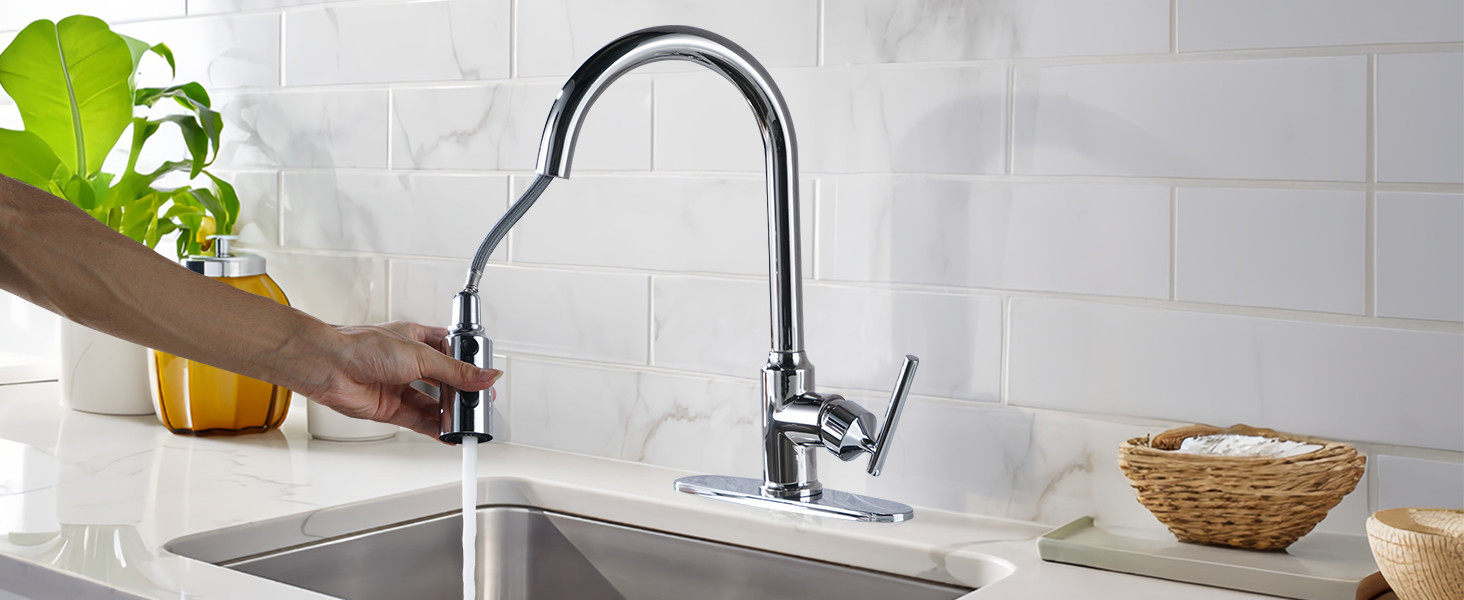


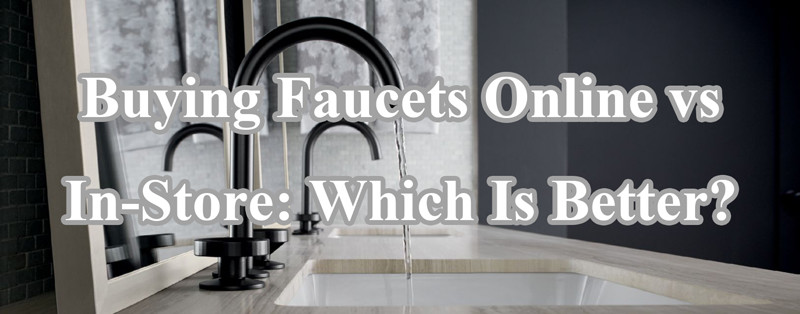

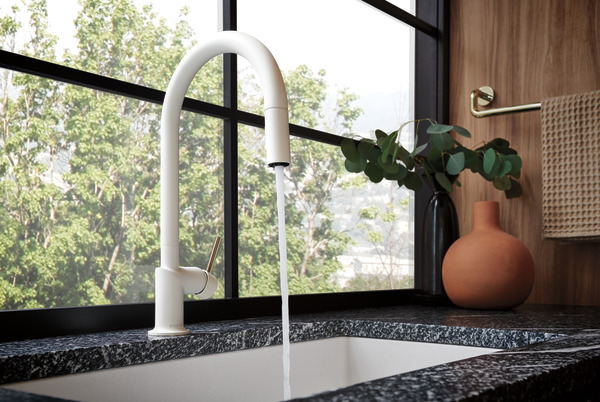
您好!Please sign in